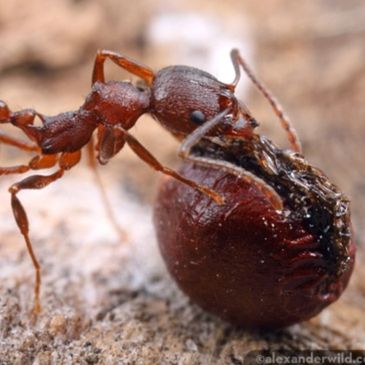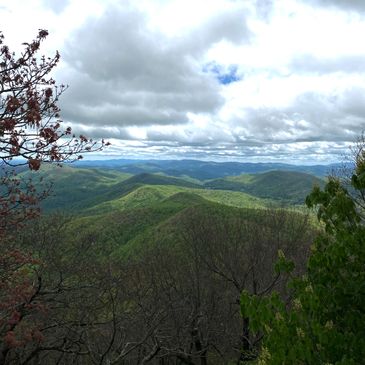Research

Plant-Insect Interactions
Species Distribution Modeling
Species Distribution Modeling
Our research delves into the dynamics of insect-mediated seed dispersal, pollination, and herbivory of forest plants under conditions of global change or species invasions. (Photo credit: Alex Wild)

Species Distribution Modeling
Species Distribution Modeling
Species Distribution Modeling
We explore the extent to which species ranges are dictated by abiotic (e.g., environmental) versus biotic (e.g., dispersal, species interactions) using traditional and novel species distribution modeling techniques.
Phenology & Climate Change
Species Distribution Modeling
Phenology & Climate Change
One response organisms have to climate change is to shift the timing of critical life events-i.e., phenology. We explore the potential for shifts in phenology for spring wildflowers and other plant species using community science in botanical gardens.

Effects of Dam Removal on Riparian Vegetation
Ecology & Physiology of Leaf-Litter Ant Overwintering
Ecology & Physiology of Leaf-Litter Ant Overwintering
The Edison Dam (est. 1911) in the Gorge Dam Metropark, Cuyahoga Falls, is set to be demolished by ~2027. We are developing ecological research projects in the park that will address the effects of dam removal on terrestrial vegetation both above and below the impoundment. (Photo credit: City of Akron)

Ecology & Physiology of Leaf-Litter Ant Overwintering
Ecology & Physiology of Leaf-Litter Ant Overwintering
Ecology & Physiology of Leaf-Litter Ant Overwintering
Leaf-litter ants like acorn ants (Temnothorax curvispinosus) create shallow nests in hollowed out tree nuts or under decaying logs. As such, they overwinter above-ground. In collaboration with the Londraville microbiology lab at UA, we study the ecological and physiological mechanisms underlying leaf litter ant overwintering under the com
Leaf-litter ants like acorn ants (Temnothorax curvispinosus) create shallow nests in hollowed out tree nuts or under decaying logs. As such, they overwinter above-ground. In collaboration with the Londraville microbiology lab at UA, we study the ecological and physiological mechanisms underlying leaf litter ant overwintering under the combined pressures of climate change and urbanization. (Photo credit: Alex Wild)
This website uses cookies.
We use cookies to analyze website traffic and optimize your website experience. By accepting our use of cookies, your data will be aggregated with all other user data.
